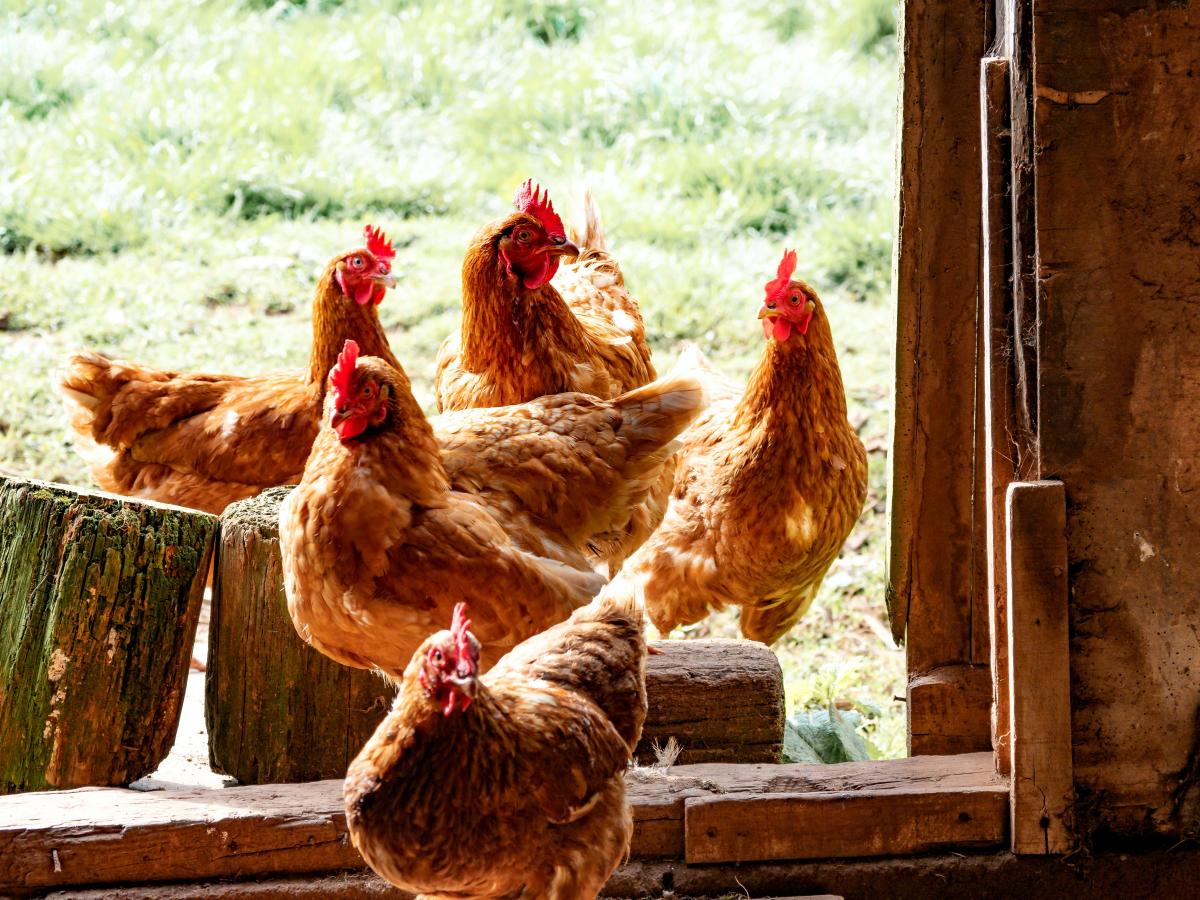More antibiotic-resistant E. coli found in conventional and antibiotic-free chicken meat than organic

The use of antibiotics is prohibited in organic farming, while the liberal use of antibiotics in conventional livestock production causes great concern for the development of antibiotic resistance. Indeed, a recent study published in the journal Animals concurs with the growing body of science that shows livestock produced with antibiotics results in more antibiotic-resistant bacteria that causes foodborne illness in humans. In efforts to combat antibiotic resistance to many currently used antibiotics, a new class of antibiotics, β-lactam, has been developed. However, resistance to β-lactam antibiotics seems to be growing quickly. In this study, researchers measured the occurrence of E. coli strains resistant to older antibiotic classes as well as the new β-lactam antibiotic. When comparing poultry production under conventional, antibiotic-free, and organic management, antibiotic resistance was highest under conventional management and lowest under organic. Conventional poultry production exhibited more strains of E. coli resistant to not just one class, but multiple classes of antibiotics with multi-resistance to three classes (35.1% of samples) and four classes (31.3%). Conventional production had the most E. coli strains resistant to ampicillin (89.6%), cefotaxime (43.7%), nalidixic acid (57.8%), ciprofloxacin (44.4%), and trimethoprim/sulfamethoxazole (62.2%). Conventional samples showed significantly more resistance to the new β-lactam antibiotics than organic production. The researchers suggest that antibiotic resistance is higher in conventional production because more antibiotics are used, while organic has the lowest occurrence because antibiotics are not used and organic livestock standards require poultry to have access to the outdoors, which reduces contact time with poultry litter, a potential source of antibiotic-resistant bacteria.
Banner Photo Credit: Ekatererina Novitskaya

